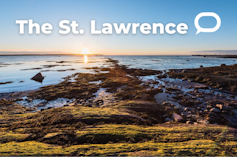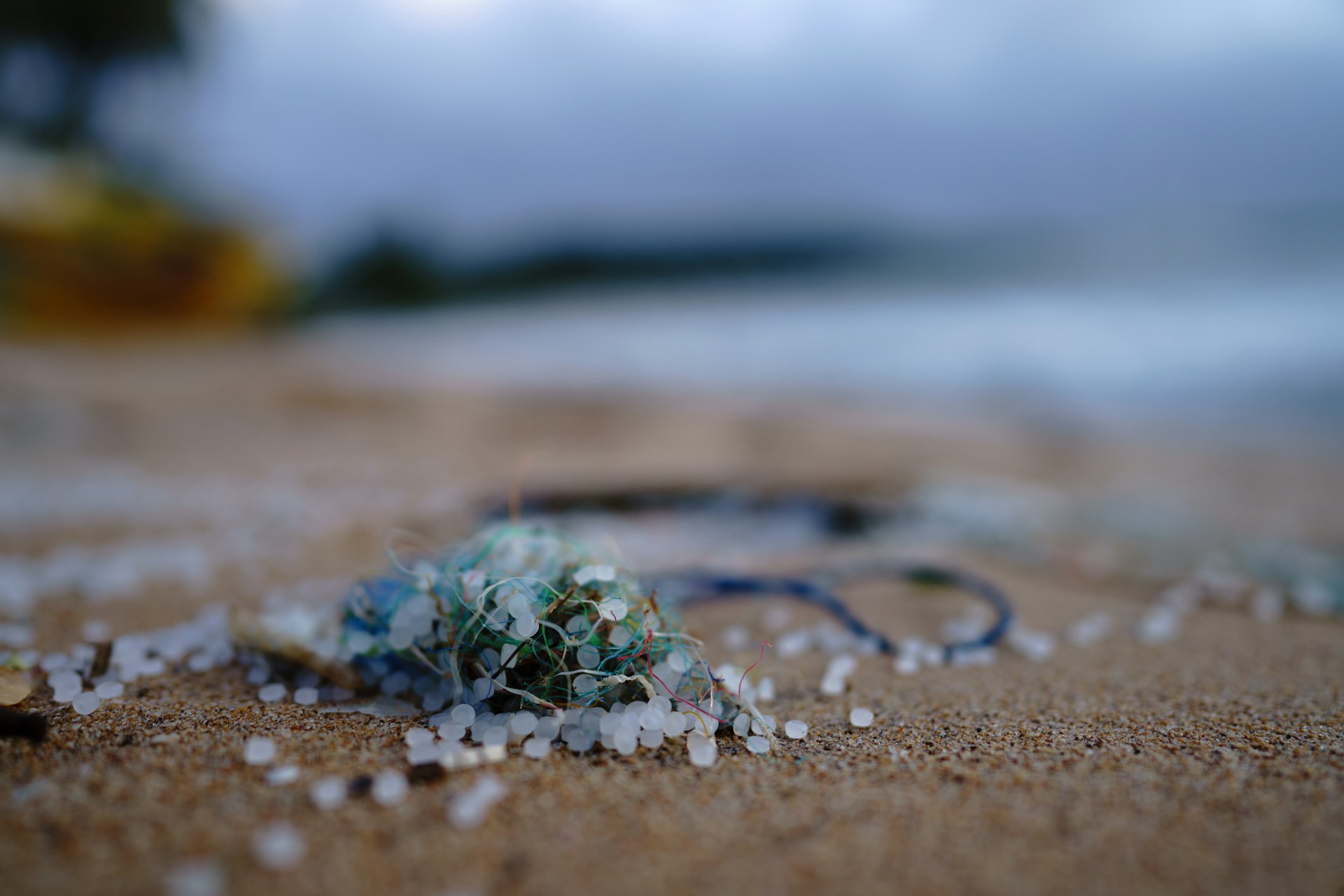By Valérie S. Langlois, Institut national de la recherche scientifique (INRS); Julien Gigault, Université Laval; Raphaël Lavoie, Institut national de la recherche scientifique (INRS), and To Tuan Anh, Institut national de la recherche scientifique (INRS), The Conversation
Our clothes are made mainly of plastic.
Unlike cotton, which comes from a plant, polyester and the well-known spandex or lycra — which make clothes more stretchy — do not grow in nature. These are artificial fabrics made from plastic that are used in the production of synthetic textiles.
When we wash them, tiny plastic fibres come off our clothes and pass into the pipes. Once they arrive at the wastewater treatment plant, they thwart the elimination process due to their microscopic size (hence their name, microplastics) and end up in our aquatic ecosystems.
We recently conducted an assessment of the microplastics present in the surface water of the St. Lawrence River and its estuary. We found that the most abundant microplastics were polyester textile fibres.
Elsewhere in the world, we have found similar results. In the Caspian Sea, for example, textile fibres were also the most common type of microplastic found in the digestive systems of fish.
We want to paint a portrait of this intriguing situation.

This article is part of our series, The St. Lawrence River: In depth.
Don’t miss new articles on this mythical river of remarkable beauty. Our experts look at its fauna, flora and history, and the issues it faces. This series is brought to you by La Conversation.
Spotlight on microplastics
Microplastics ranging in size from the thickness of a human hair to a toothpick have been detected everywhere on the planet, including in water, sediment, soil, air, animals, and even in clouds and human blood.
Globally, it’s estimated that nearly 110 million tonnes of plastics have accumulated in rivers over time, of which 12 per cent are microplastics and 88 per cent are macroplastics (the size of which is greater than the thickness of the aforementioned toothpick).
Microplastics are recognized as being the products of the degradation of macroplastics. Think of abrasion particles from tires, plastic bottles or fibres that result from washing textiles.
The result? A substantial proportion of today’s macroplastics will degrade and transform into tomorrow’s microplastics.
The adverse effects of exposure to microplastics on the health of living organisms have been widely documented. In humans, it’s been associated with cell disruption, metabolic disorders, immune system response and negative effects on reproduction and development.
The range of documented health effects of microplastics is likely just the tip of the iceberg, as global research efforts continue to study various species.
Microplastics can, among other things, accumulate in fish that are caught and raised in aquaculture. They eventually end up on our dinner plates.
A recent study demonstrated the presence of microplastics, including synthetic textile fibres, in the flesh of commercial fish intended for human consumption. The amount of microplastics was also greater in carnivorous fish that feed on other fish.
Consuming herbivorous fish such as tilapia, rather than carnivorous fish such as tuna, salmon and trout, could therefore reduce the amount of microplastics in our meals.
The St. Lawrence River and its estuary
By travelling along the river, microplastic contamination can eventually reach the Atlantic Ocean.
Why is this situation worrisome? It helps predict future loads of microplastics in marine waters, and because the river is home to several million animals, invertebrates and plants.
In our study, we evaluated the portion of microplastics that float in the first 40 centimetres below the water surface at 11 distinct sites along the St. Lawrence River and its estuary.
Our results are unequivocal: microplastics are present at all sampling sites. The most abundant categories of microplastics were textile fibres, followed by fragments (from, for example, plastic bags) and spheres (from, among others, cosmetic products.
These data provide valuable information on the distribution and behaviour of microplastics in order to better preserve and manage our freshwater resources.
Fighting the problem
Poly-Mer, a small Québec company, has designed a net that attaches behind a canoe or kayak to collect microplastics that float on the surface.
In collaboration with Stratégies Saint-Laurent — a Quebec non-profit organization that aims to encourage the involvement of local communities in the protection, rehabilitation and development of the St. Lawrence — we tested the Poly-Mer’s net and demonstrated that it could indeed help filter microplastics from water.
The Kunming-Montréal Biodiversity Agreement signed in 2022 — also known as COP15 — once again recognized the importance of working together towards the elimination of global plastic pollution.
What if we reduced our consumption of plastic? The question “do we really need it” has never been more relevant than today, both for the wallet and for the environment.
For example, municipal household compost management should avoid the use of plastic bags at all costs. In fact, even bags labelled as biodegradable don’t completely decompose. It’s better to put food scraps directly into our compost bin and wash it regularly.
Proper disposal of plastics at source is essential, as is investing in wastewater treatment technologies that can remove microplastics.![]()
Valérie S. Langlois, Professor/Professeure titulaire, Eau Terre Environnement Research Centre, Institut national de la recherche scientifique (INRS); Julien Gigault, Chercheur / Professeur en chimie, Université Laval; Raphaël Lavoie, Chercheur scientifique, Environnement et Changement climatique Canada, Institut national de la recherche scientifique (INRS), and To Tuan Anh, Senior research technician, Institut national de la recherche scientifique (INRS)
This article is republished from The Conversation under a Creative Commons license. Read the original article.






















